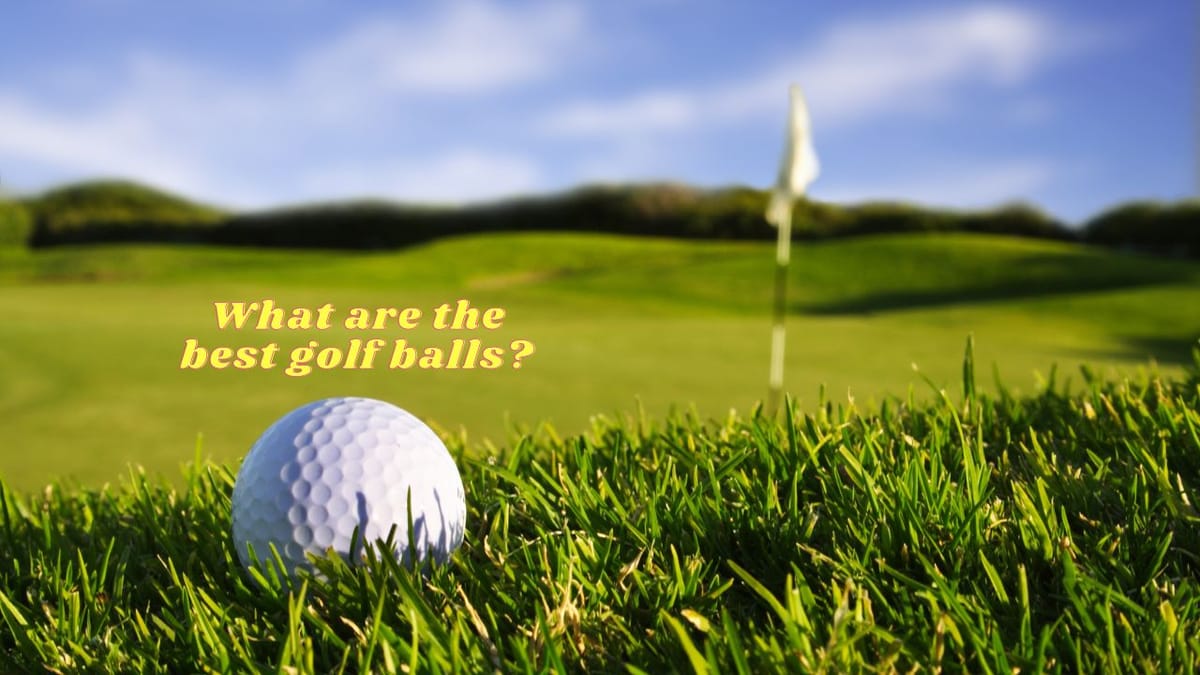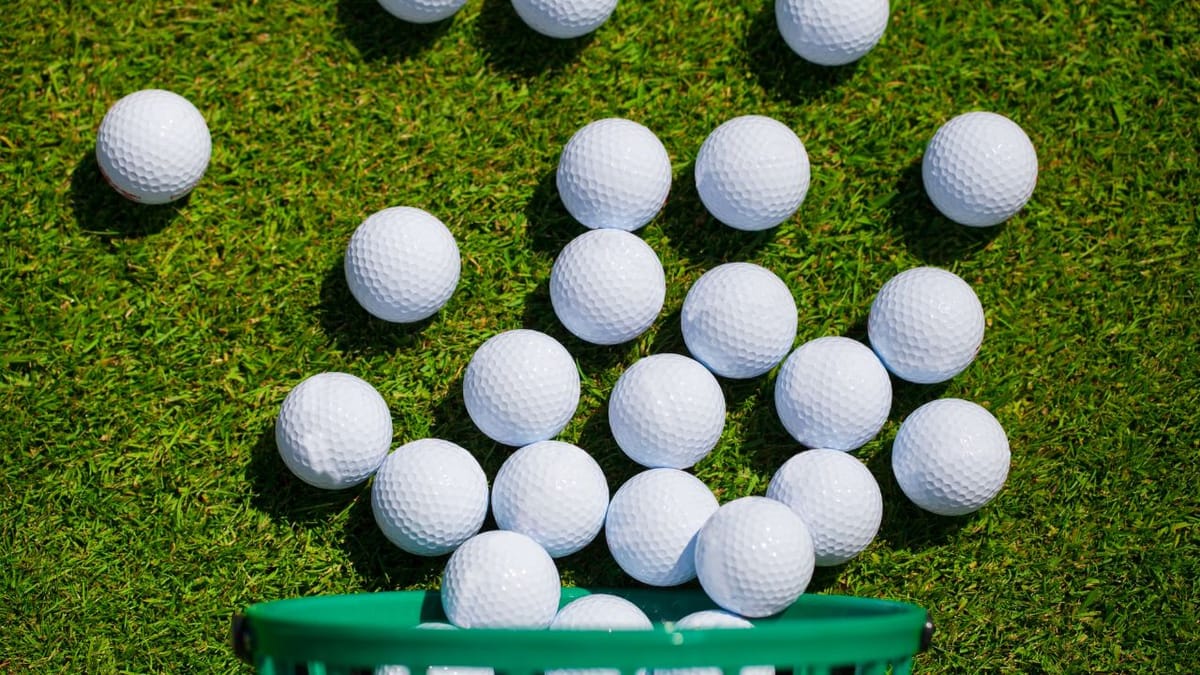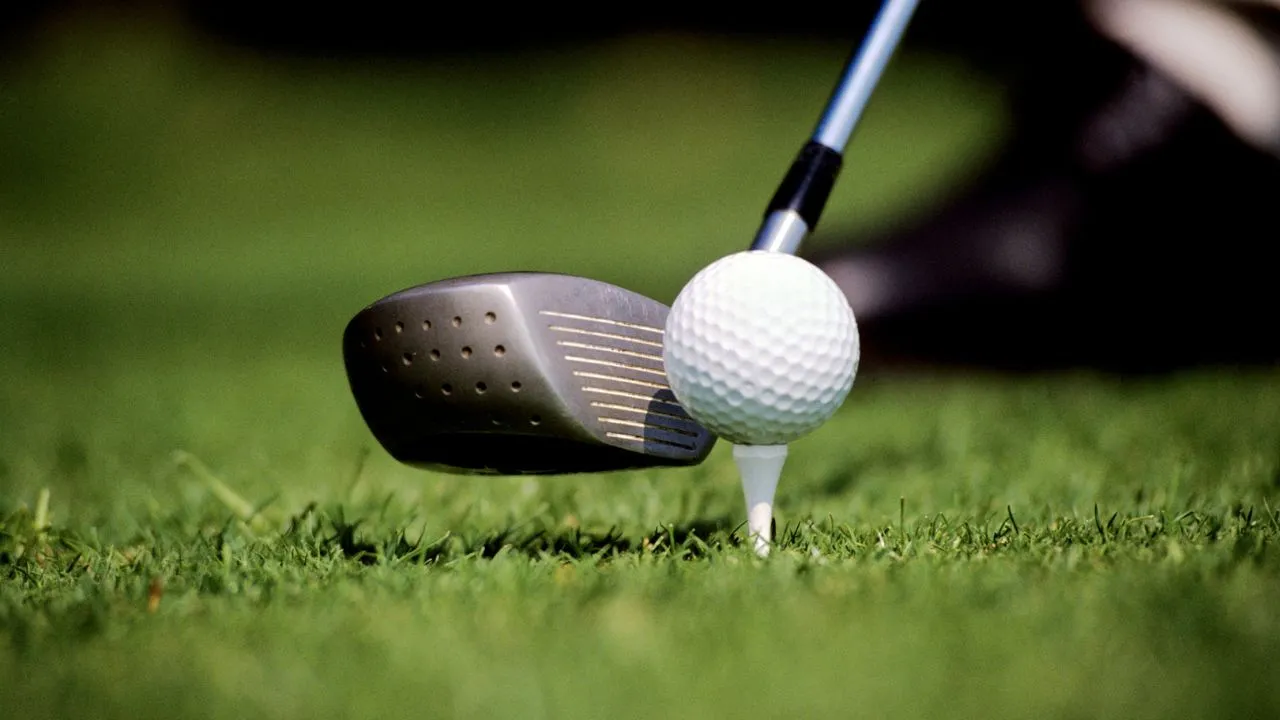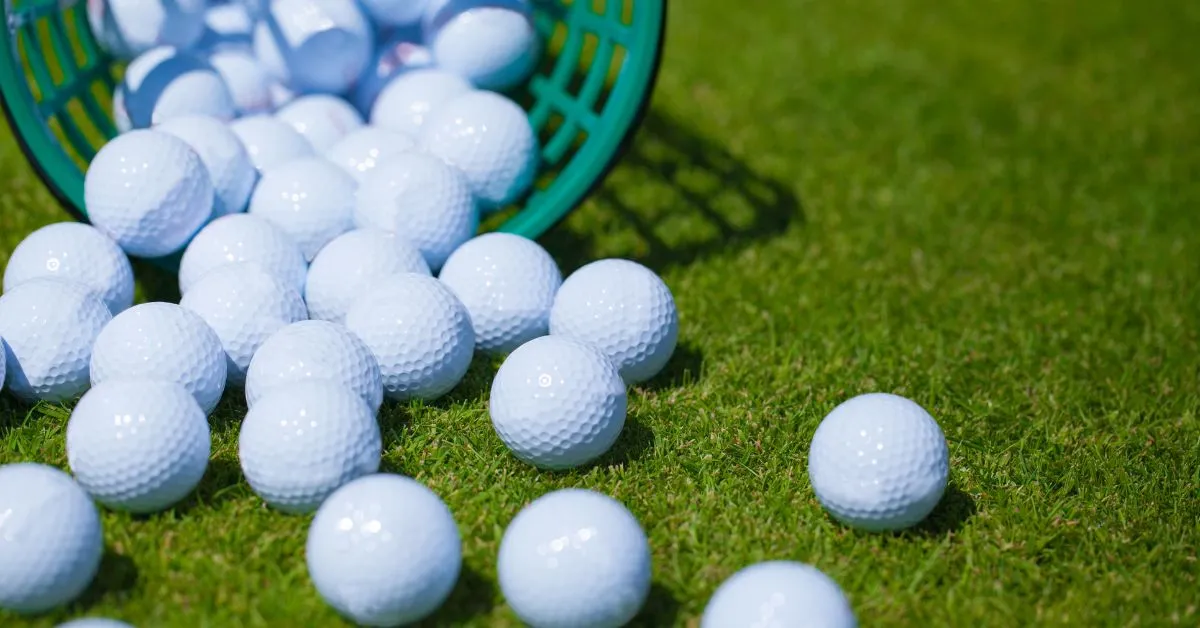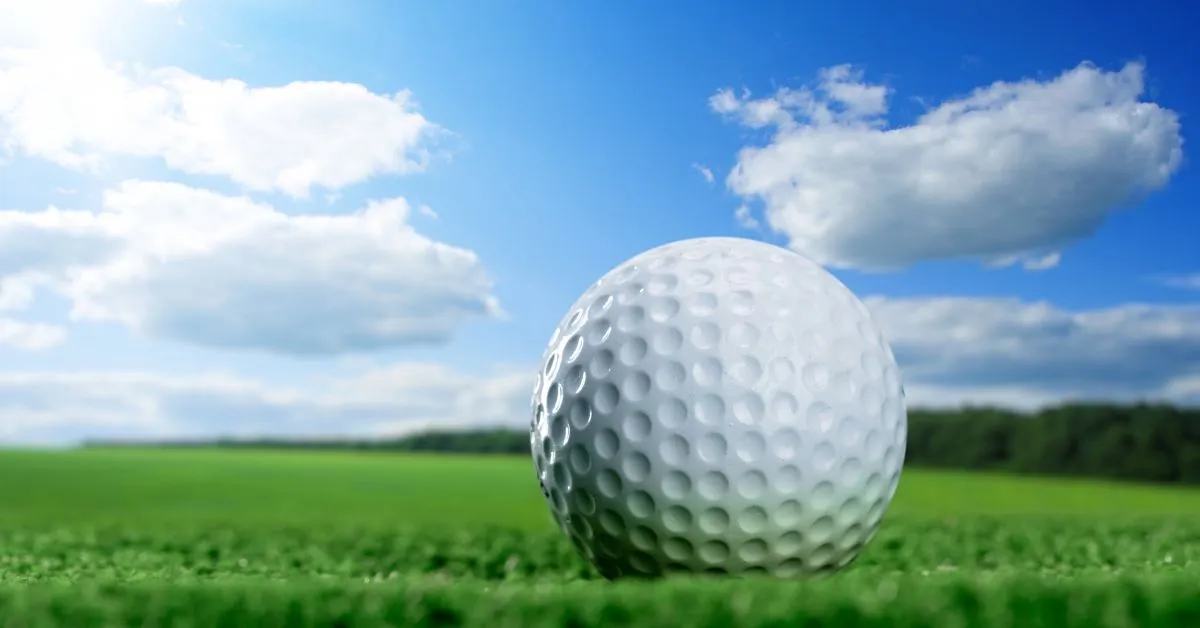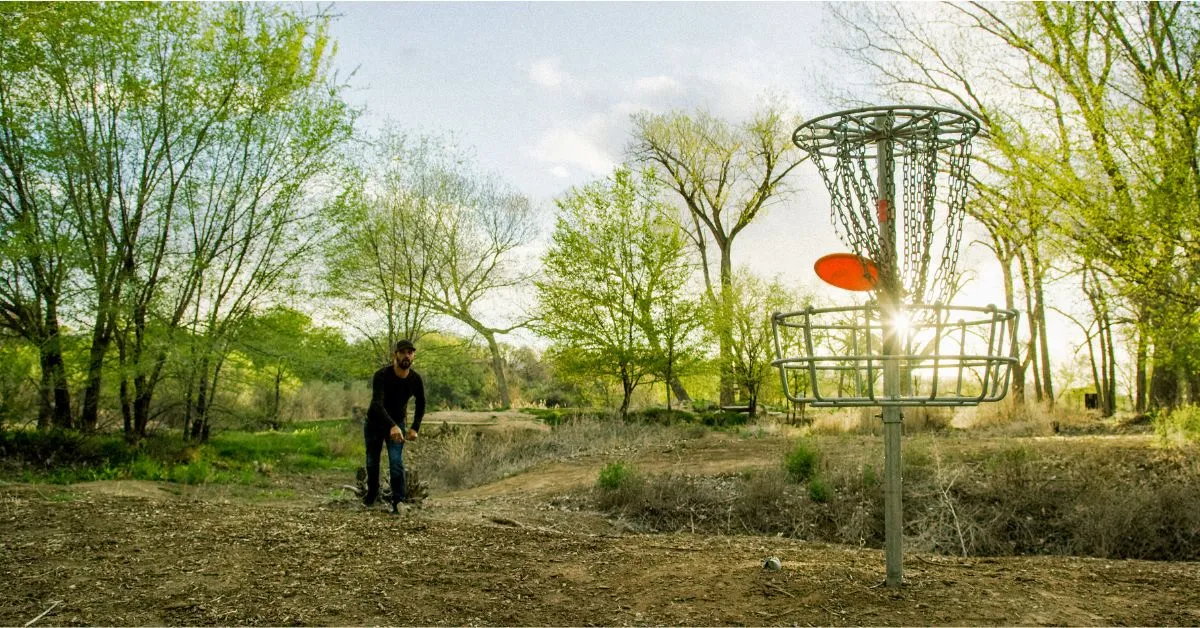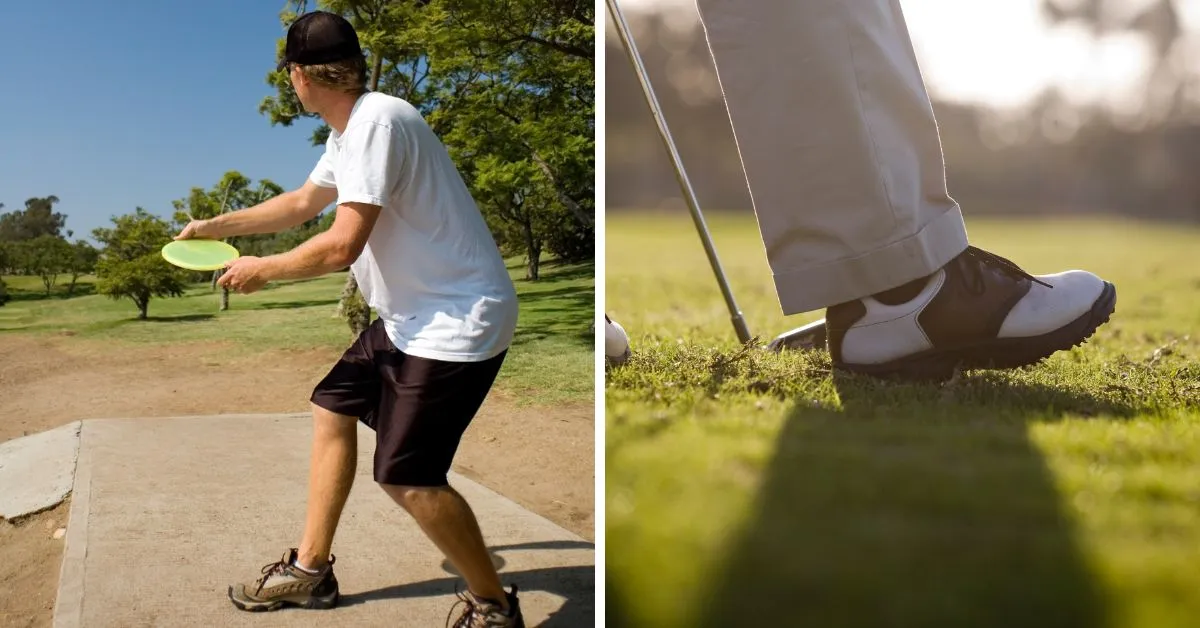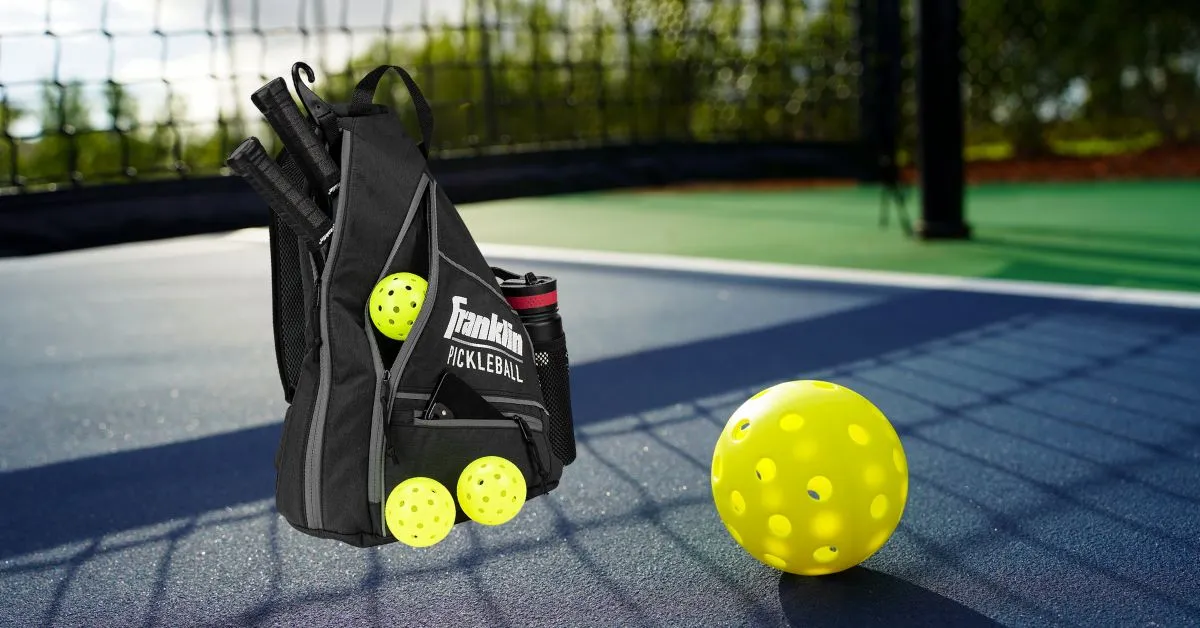Table of Contents
Key Takeaways:
- Understanding the specific needs of high handicap golfers can significantly improve their game.
- The right golf ball can offer a balance between distance, control, and feel, catering to slower swing speeds.
- Premium golf balls with softer cores and specialized cover materials can enhance performance for high handicappers.
Golf is a game of precision and skill, and every element, from the club to the ball, plays a crucial role in a player's performance. For high handicap golfers, choosing the right golf gear, especially the best golf balls for high handicap, can make a substantial difference in their game. This article will delve into the intricacies of selecting the perfect golf ball for high handicap players, examining factors such as ball construction, swing speed compatibility, and overall performance on the golf course.
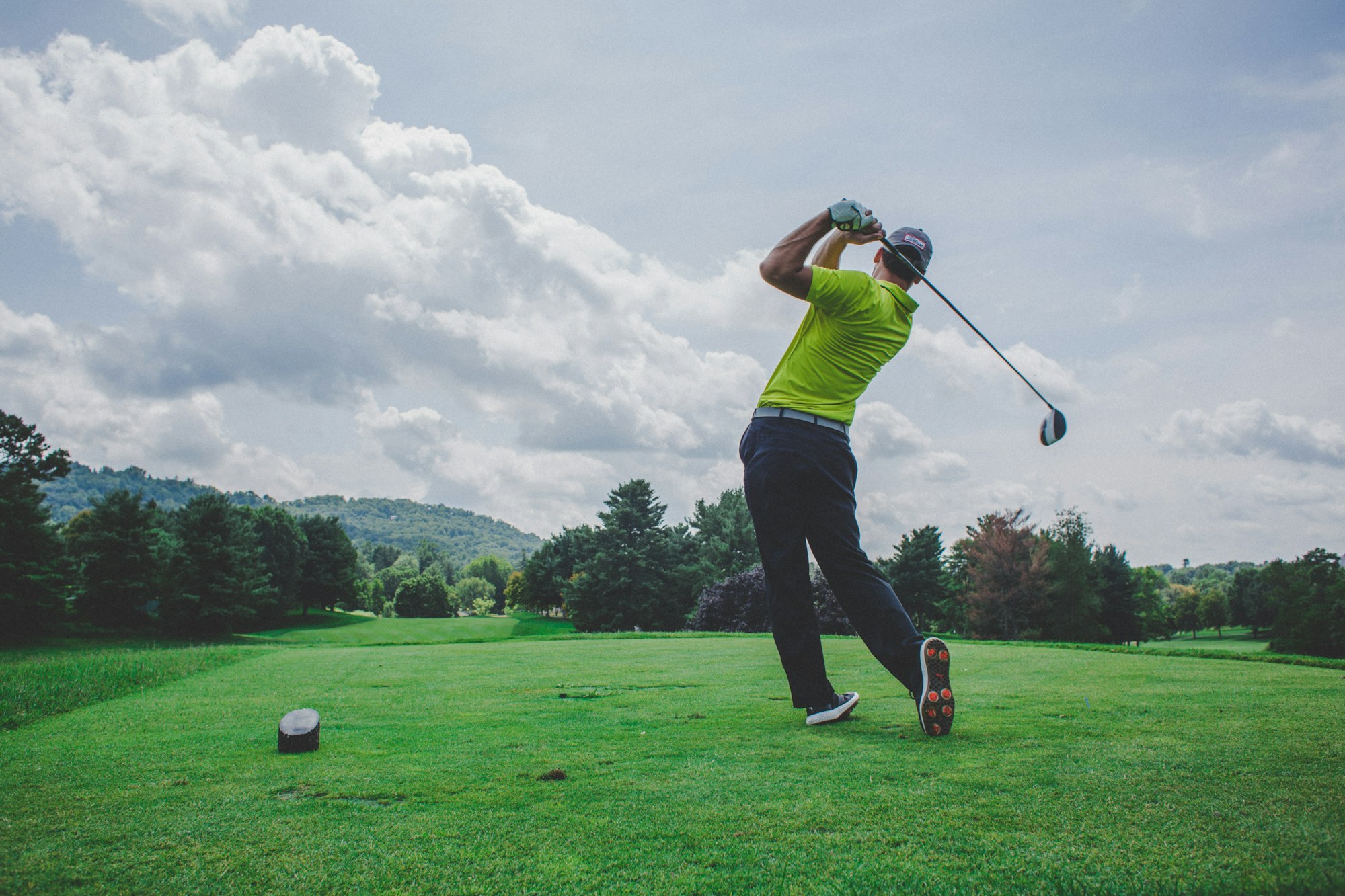
With detailed and rigorous research, we provide our readers with the finest recommendations. Our recommendations are our opinions. Our cause is backed by reader support- for every click made through one of our affiliates links, a commission may be earned at no extra expense to you! As an Amazon Associate, Reviewsopedia may earn a commission from qualifying purchases. Thank you and enjoy!
The Importance of the Right Golf Ball for High Handicap Golfers
High handicap golfers often face challenges such as inconsistent ball flight and limited distance off the tee. A two-piece golf ball, known for its straight flight and durability, can be an excellent choice for these players. These balls typically feature softer compression cores that maximize distance for those with slower swing speeds.
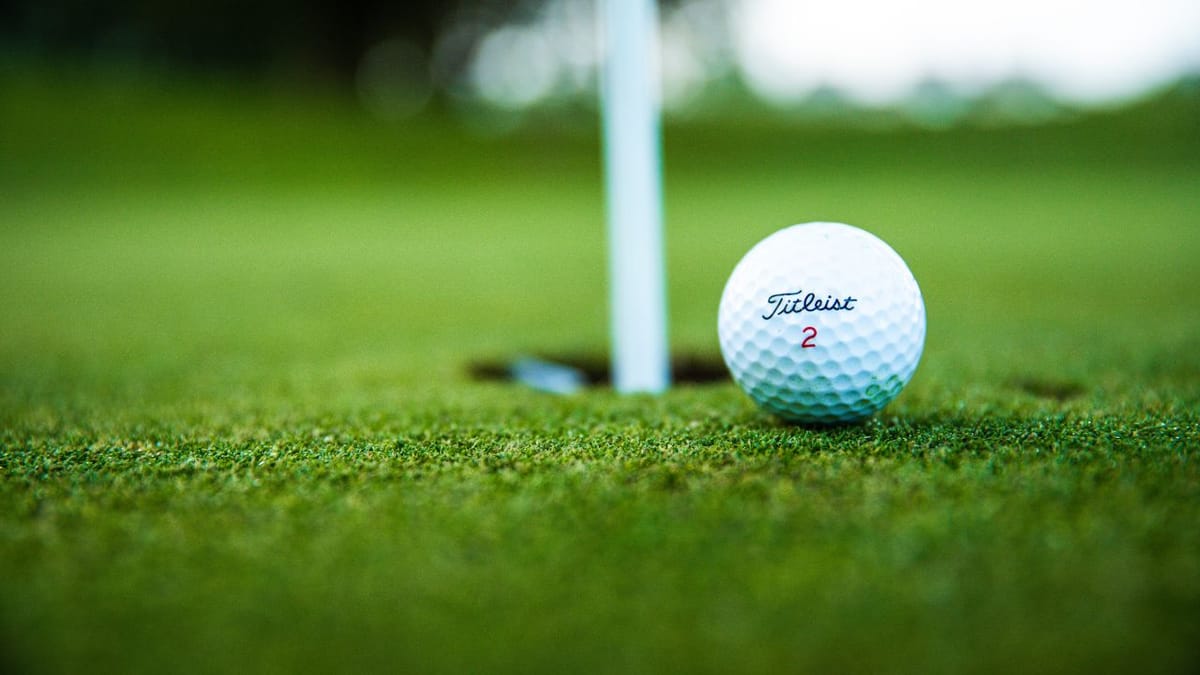
Ball Speed and Swing Speed: A Crucial Relationship
Ball speed is directly influenced by swing speed. High handicap golf balls are designed to provide as much distance as possible for golfers with moderate swing speeds. A softer and larger core in balls like the Callaway Supersoft can translate to outstanding distance and a softer feel, which is beneficial for beginner or high handicapper players.
Two-Piece Golf Ball: The Ideal Choice for High Handicappers
The two-piece ball construction is specifically tailored to meet the needs of high handicap players. These balls often have a larger trutouch core and a cover material that promotes low spin for straighter shots. The Titleist Velocity is a favorite ball among high handicappers for its ability to deliver good distance with a more controlled flight.
Premium Balls vs. Budget-Friendly Options
While premium balls like the Titleist Pro V1 are often associated with better golfers, there are other golf balls that offer similar benefits at a good price. The Bridgestone e6, for example, is designed for high handicaps and provides a softer feel without the premium cost.
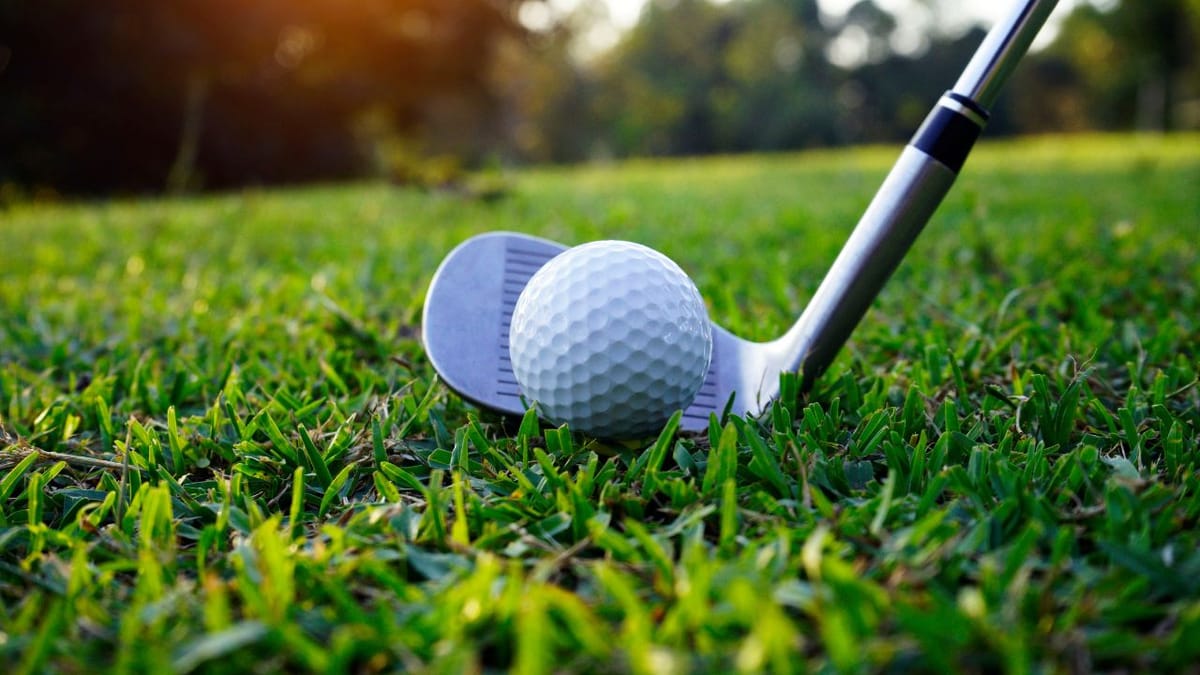
Soft Core Technology: Enhancing Performance
Many balls now feature softer compression cores, which are engineered to provide more distance for players with slower swing speeds. The Srixon Soft Feel lives up to its name, offering a soft core that aids in achieving extra distance and a more pleasant feel around the greens.
Cover Material: More Than Just Durability
The cover material of a golf ball can influence greenside spin and overall short game performance. Urethane ball covers, found on many premium balls, offer more control and a softer feel, which can be advantageous for high handicap players looking to improve their short game.
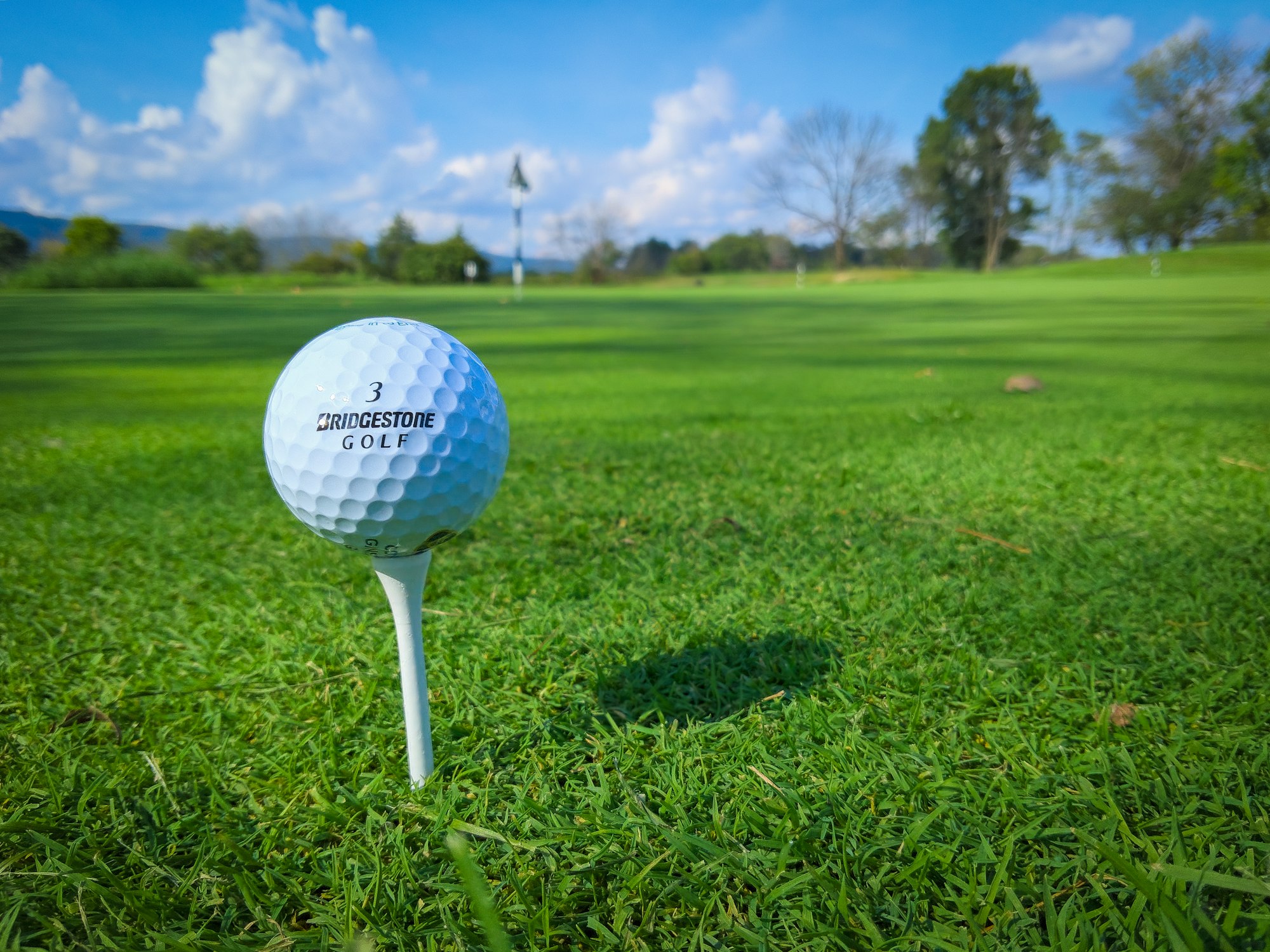
Spin Control: Maximizing Your Game Around the Green
For high handicap golfers, mastering control around the green is pivotal to improving scores. A two-piece golf ball is often engineered to provide a balance between distance and spin control. The outer layer's interaction with the club face upon impact is crucial for generating the necessary spin to navigate the greens effectively. Golfers should seek out the best golf ball that offers a softer cover material, as this can enhance the feel and control during short game shots.
Premium golf balls often boast advanced layering and urethane covers that offer superior spin control, but they can come with a heftier price tag. However, for high handicap players looking to improve their short game without breaking the bank, there are budget-friendly options available. Bridgestone e6, for example, is designed to reduce spin on long shots while still providing enough grip on the green. This balance makes it a contender for the best balls for players who want to enhance their performance around the green without investing in expensive balls.
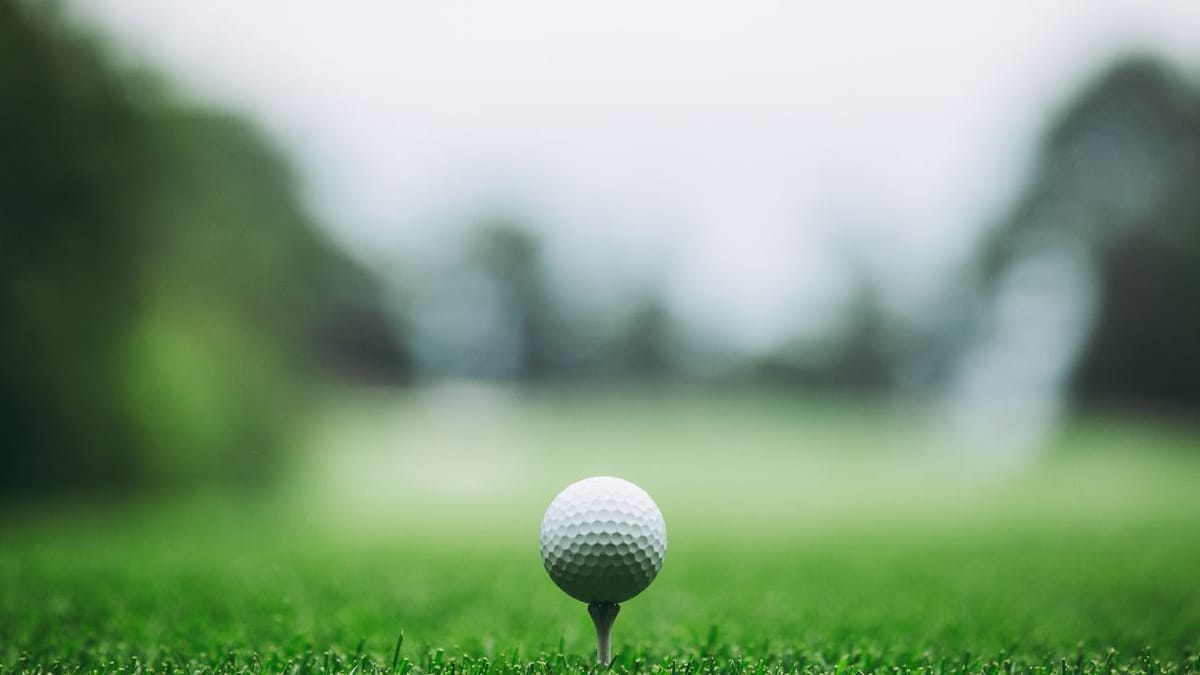
Aerodynamics and Dimple Pattern: The Science Behind Flight
The design of a golf ball's dimple pattern is a critical factor that can significantly influence a player's performance, especially for those with a high handicap. The dimples on a two-piece golf ball are engineered to reduce air resistance and enhance lift, allowing the ball to travel further and with more stability. Manufacturers like Bridgestone have invested heavily in aerodynamic research to optimize the dimple patterns on their Bridgestone e series, ensuring that players can achieve a consistent flight path even with slower swing speeds.
In addition to the number of dimples, the shape and depth play a pivotal role in how the ball interacts with the air during flight. A premium ball often features a more complex dimple design compared to a budget-friendly two-piece ball, which may have a more standardized pattern. This advanced engineering is intended to provide high handicappers with the ability to hit two balls with similar swing efforts but achieve different outcomes based on the specific aerodynamic qualities of the ball they choose.

The Evolution of Golf Ball Cores: From Rubber to High-Tech Materials
The core of a golf ball is its heart and greatly affects its performance characteristics. Initially, two-piece golf balls featured a simple solid rubber core, which was effective in providing durability and consistent distance. However, as technology has advanced, so has the complexity of these cores. Premium balls now boast multi-layered cores that are designed to offer a more nuanced performance, catering to high handicappers who seek a blend of distance and feel.

For instance, the latest two-piece ball models incorporate high-tech materials like graphene, a strong and lightweight substance, to enhance energy transfer from the clubface to the ball, resulting in greater speed without sacrificing control. Bridgestone's e series, for example, utilizes a gradational core that helps to reduce spin for straighter shots. This evolution in core technology demonstrates the industry's commitment to providing high handicap golfers with two balls that not only meet their needs for forgiveness and distance but also offer an improved overall playing experience.
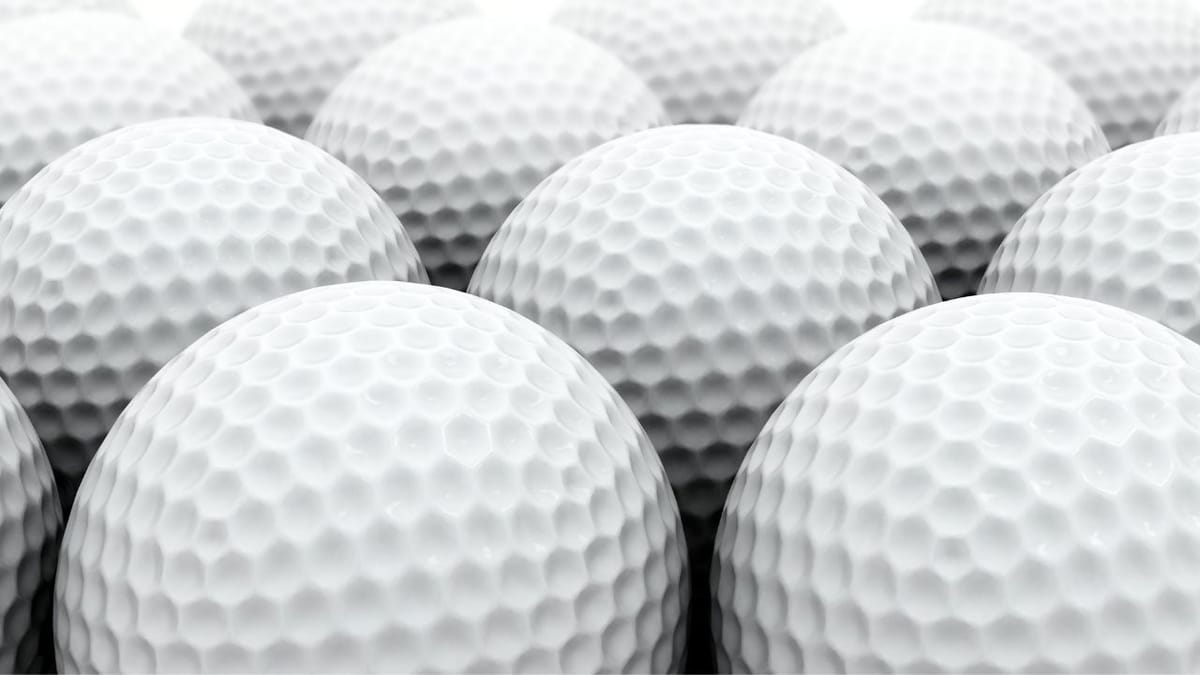
Compression Factor: Tailoring to Your Swing Speed
Understanding the compression of a golf ball is essential for high handicap golfers. Compression measures the deflection a ball undergoes when it is struck; a lower compression ball is generally a softer ball, which can be more forgiving and easier to compress for golfers with a slower swing speed. The best golf ball for a high handicap player is one that matches their swing speed to optimize energy transfer from the club face to the ball, resulting in greater distance.
Titleist ball, particularly the Titleist Velocity, is known for its high-speed core and fast cover blend, which can benefit golfers with moderate to high swing speeds. Conversely, a high handicap golfer with a slower swing speed might prefer a two-piece ball like the Callaway Supersoft or the Vice ball, which are designed to compress more easily and provide better distance for those not swinging at professional speeds. Selecting the right compression can make a significant difference in a golfer's game, especially for those seeking to maximize their distance off the tee.

Alignment Aids: A Small Feature with Big Benefits
An alignment line on a golf ball can help high handicap golfers improve their putting accuracy. Balls like the Callaway Supersoft with Triple Track technology feature prominent lines that assist players in lining up their putts more effectively.
Srixon Distance: A Case Study in High Handicap Golf Balls
The Srixon Distance ball is a prime example of a two-piece ball that offers more distance for high handicappers. Its soft core and durable cover provide a balance of distance and control, making it a suitable option for those looking to improve their game.
Callaway Supersoft: A Popular Choice Among High Handicappers
The Callaway Supersoft has become a popular choice for high handicap golfers due to its soft core, which promotes faster swings and more distance. Its low compression and HEX aerodynamics also contribute to a straight flight, which can help golfers play golf with greater confidence.
Bridgestone e6: Designed for Straighter Shots
The Bridgestone e6 is engineered to help high handicap players achieve straighter shots. Its two-piece construction and low spin design cater to those with moderate swing speeds, offering a blend of distance and accuracy.
Vice Balls: A New Contender for High Handicap Players
Vice balls have gained attention for their performance and value. The Vice Pro Soft, with its three-piece design and urethane cover, provides a softer feel and greenside spin, challenging the notion that high handicap golfers should stick to two-piece balls.
Titleist Velocity: A Study in Speed and Distance
The Titleist Velocity is designed for high handicappers seeking more distance off the tee. Its larger LSX core and fast NaZ+ cover material combine to produce high ball speed and low spin, resulting in longer drives.
Finding the Right Ball for Your Game
Choosing the right ball involves considering factors like swing speed, desired distance, and feel. High handicappers should experiment with different balls to find the one that complements their play style and helps them achieve better results on the course.
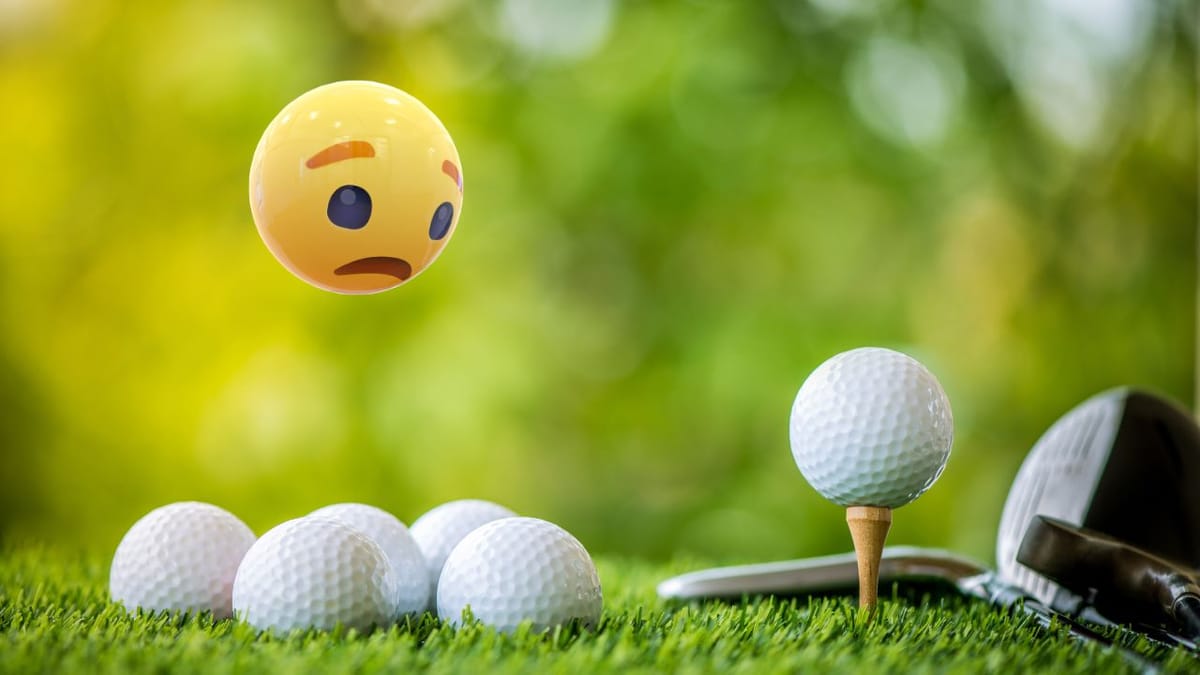
Summary
Selecting the best golf balls for high handicap can significantly impact a golfer's performance. High handicap golfers should look for balls that offer a balance between distance, control, and feel, with features like softer cores, specialized cover materials, and alignment aids. Two-piece golf balls like the Titleist Velocity and Callaway Supersoft are excellent choices for those seeking straight flight and good distance. Premium options like the Bridgestone e6 and Vice balls also provide benefits that can help high handicappers improve their game. Ultimately, finding the right ball requires testing different options and assessing which features align best with one's playing style and goals.
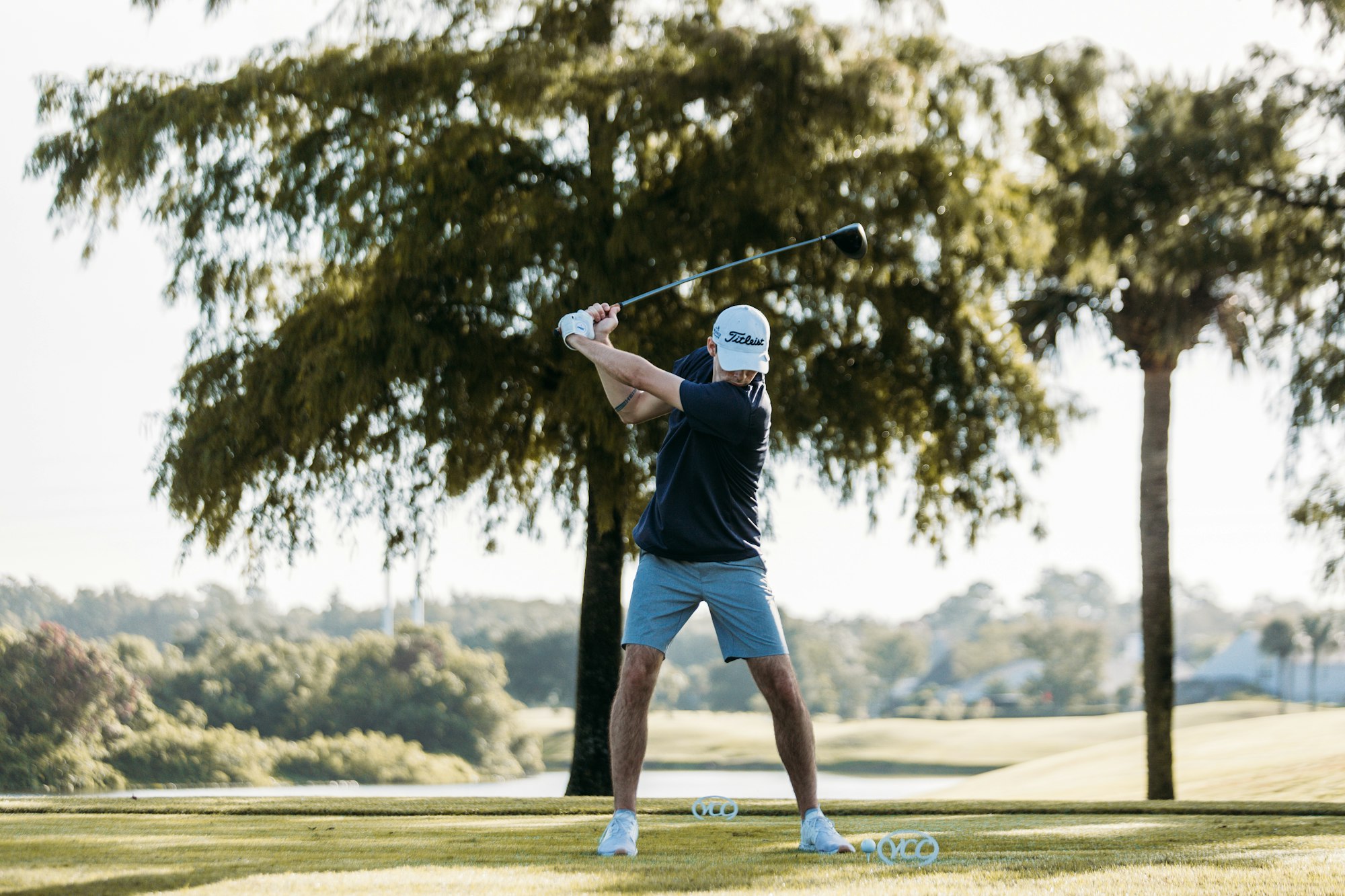
FAQ Section
Why are two-piece golf balls recommended for high handicap golfers?
Two-piece golf balls are recommended for high handicap golfers because they typically offer a combination of durability, straight flight, and distance, which are essential for players with slower swing speeds and those seeking to improve their game.
Can high handicap golfers benefit from using premium golf balls?
Yes, high handicap golfers can benefit from using premium golf balls if those balls are designed to address their specific needs, such as providing a softer feel, more control around the greens, and alignment aids for putting.
How does swing speed influence the choice of golf ball for high handicappers?
Swing speed influences the choice of golf ball because high handicap players often have slower swing speeds, which means they need golf balls with softer compression cores that can maximize distance and provide a better feel upon impact.
Other Related Articles
